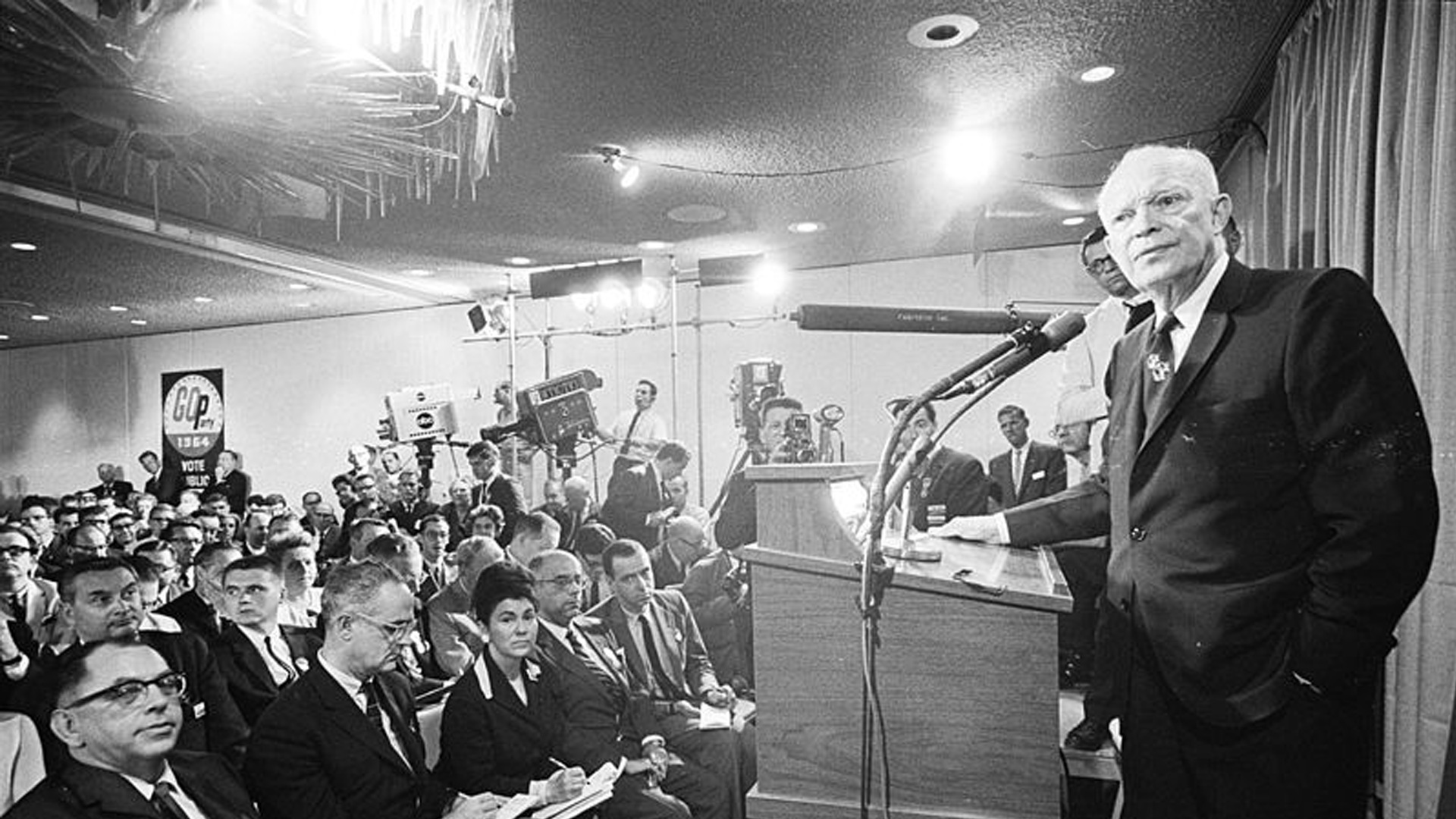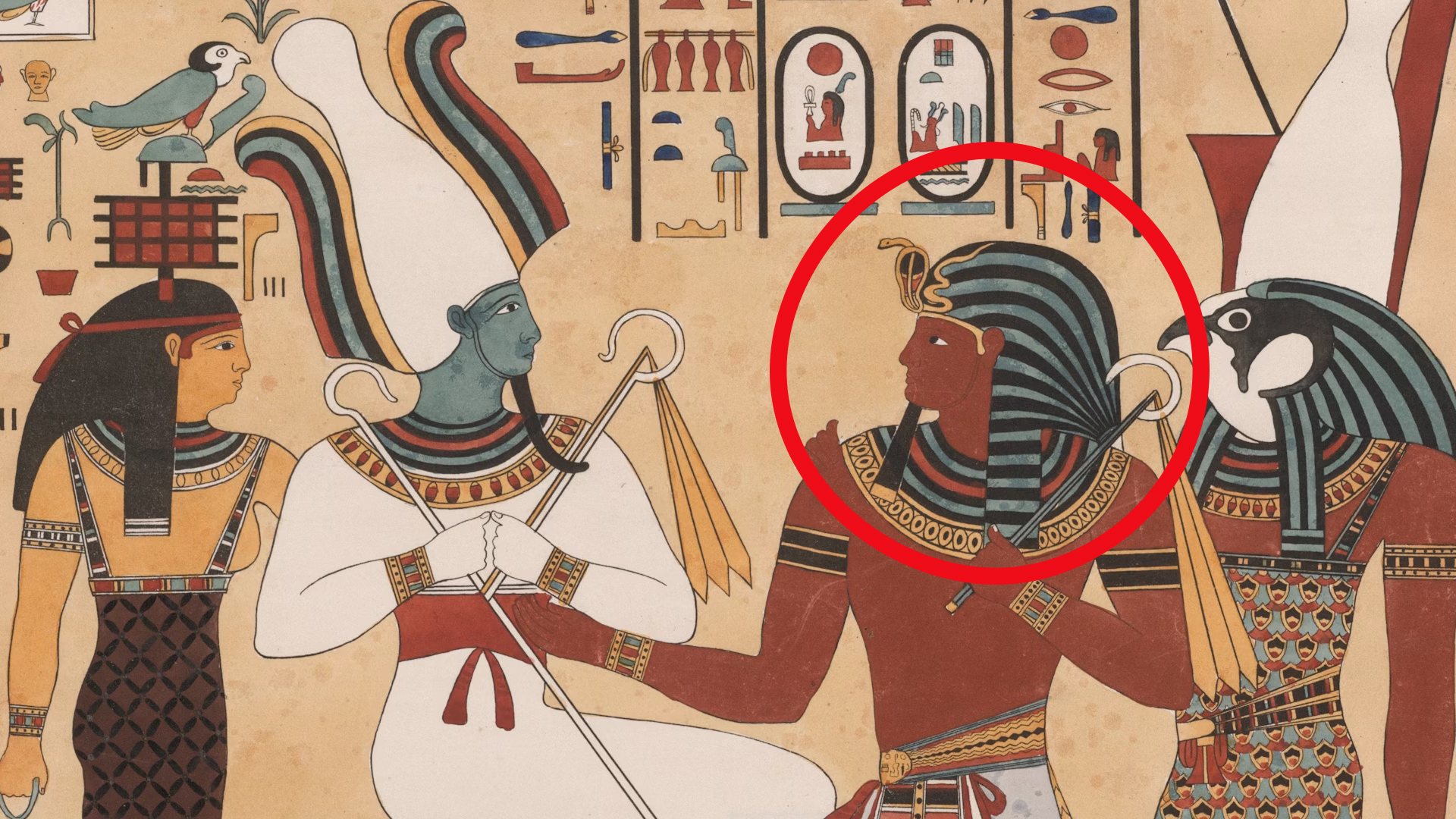People Believed What?
People are gullible, and whether or not you'd like to admit it, it's easy to convince yourself of something if others believe in it, too. Theories like a flat Earth or a cold sun are just some of the claims scientists used to hypothesize. If you're ready to be shocked, grab a snack before you dig into this article. Here are 20 crazy things most people used to believe.
1. The Earth Is Flat
Before modern astronomy, people used to believe that the Earth was a flat disc. The concept first appeared in ancient Greek philosophy with Pythagoras, in the 6th century BC, and it wasn't until the 4th century BC that Plato and Aristotle discussed evidence that the planet was spherical.
2. The Bible Predicts the Future
Isaac Newton was—and remains—a prominent figure in the scientific community, but perhaps even more notable was the fact that he was obsessed with alchemy, journaling extensively about his experiments and findings. That wasn't the only thing he was engrossed with—he also genuinely believed the philosopher's stone was a real thing and that the bible should be taken literally. He even spent much of his time trying to decrypt a secret code he thought was hidden in the text!
3. The Sun Is Cold
In 1795, a German astronomer named William Herschel (who also discovered Uranus) proposed that there was actually life on the sun, believing that organisms living there had merely adapted to the planet's unusual conditions. He went on to theorize that the sun wasn't hot, but cool, and that its outer reflective layer was that of a vast ocean.
4. Lambs Grow on Trees
In the 14th century, a travelogue written by an Englishman named Sir John Mandeville spread the theory that lambs came from a vegetable that had the animal attached to it by an umbilical cord. Sound absurd? Well, it was later written off as a myth, as it turned out most of Mandeville's travel anecdotes were based on either hearsay or false, exaggerated beliefs.
5. Bloodletting
There was a time when people believed that illness was caused by an excess of blood in the body. The solution? Apply leeches to the skin or cut wounds into the body to drain the blood out. So popular was this belief and practice that, during its peak in the 1800s, more than 42 million leeches were imported to France alone.
6. Tomatoes Are Poisonous
You likely enjoy having tomato slices in your sandwiches, but in the early 19th century, they were known as "poison apples." It started in the late 1700s, when Europeans believed that aristocrats were dying after consuming the fruit. As it turned out, they weren't dying because of the tomatoes—but because they were eating them off pewter plates, and the acidity of the tomatoes leached lead from the plates, causing lead poisoning.
7. Left-Handed People Are Evil
It's estimated that only 10% of the world's population is left-handed. In many cultures, the left hand is often considered dirty; in others, lefties are even considered evil. In particular, during the Middle Ages in Britain, left-handed people were thought to be associated with the devil and were accused of witchcraft, leading them to be burned at the stake.
8. Footbinding
Footbinding was a Chinese practice where young girls had their feet tightly wrapped to change their size and shape. The custom began from the 10th century up until the establishment of the People's Republic of China in 1949, and was purely done for aesthetic purposes. The belief was that the smaller your feet, the more desirable you were. It was also often a sign of a higher social class. It was even believed that footbinding increased fertility because blood would flow upwards to the hips.
9. Doctors Don't Need to Wash Hands
An unhygienic doctor would have their license revoked nowadays, but back then, there was a widespread belief that medical professionals didn't need to wash their hands. They would, for example, conduct autopsies and then help with childbirth, leading to—unsurprisingly—high rates of infections and health complications. It wasn't until the 1840s that a Hungarian physician named Ignaz Semmelweis addressed this lack of hygiene and implemented a policy: that all doctors should wash their hands between patients.
10. The Cosmos Aren't Hot
In 1912, Austrian engineer Hanns Hörbinger and German amateur astronomer Philipp Fauth proposed a wild theory: the stars, planets, and even humanity were made of ice. More specifically, they claimed that the collision that led to the formation of the Milky Way resulted in components made entirely of ice. While a majority of the scientific community dismissed their theory, Nazi leaders didn't—and that was purely because they believed Hörbinger's hypothesis was superior to those written by Jewish scientists.
11. Women Can't Ride High-Speed Trains
At the time the first locomotive was introduced, the fastest it could go was 50 miles per hour. And yet, people were genuinely afraid: What if the high speed caused women's reproductive systems to fly out of their bodies? There was also a widespread fear that these speeds could melt the human body. Absurd as these concerns were, they captured the natural reaction people had when met with a new, never-before-seen invention.
12. The Earth Is in the Center of the Solar System
Crazier than the flat Earth hypothesis was the geocentric model, or the theory that the planet sat in the center of the universe. Humorously enough, up until the 2nd century CE, this was genuinely thought to be true. Of course, we now know that the planets don't orbit around Earth—they orbit around the sun.
13. Women Don't Experience Intimate Desire
In the early 20th century, many physicians believed that women didn't experience intimate desire and were merely made to receive male anatomy. Sigmund Freud, for one, was one of the biggest believers of this, and even believed that external stimulation could lead to psychosis. Women who did experience desire were thought to be suffering from "hysteria."
14. Smoking Is Healthy
Believe it or not, there was a time when doctors prescribed cigarettes to their patients. Before research came out that showed smoking caused serious health complications, tobacco companies had medical professionals endorse the cancer sticks, who believed that cigarettes could ease symptoms of anxiety or even asthma.
15. Seatbelts Aren't Necessary
Seatbelts save thousands of lives each year, but this lifesaving invention wasn't always welcomed or even considered necessary. In fact, back in the 1950s, people thought of them as bothersome and feared that these belts prevented easy escape if a vehicle were to be submerged in water. Some car owners even went so far as to purposely cut them from their vehicles. When the introduction of the three-point seatbelt came (the one we're used to seeing today), its installation became mandatory in all new US vehicles in 1968.
 Alexandria Gilliott on Unsplash
Alexandria Gilliott on Unsplash
16. Chocolate Milk Comes from Brown Cows
You'd be surprised how many people used to—and still do—believe that chocolate milk came from brown cows; a survey conducted in 2017 showed that roughly 17.3 million Americans thought so. Just to make it clear: all cows produce white milk. Chocolate milk is made with cocoa and sweeteners that turn it into the color and flavor we know and love.
17. Babies Don't Feel Pain
Before the 20th century, it was a widely accepted belief that babies didn't feel pain because of their immature nervous systems and underdeveloped pain receptors. Surgeries performed on infants were even done so without anesthesia, and it wasn't until the late 1980s that doctors finally began administering them. Thankfully, we now know that babies do, in fact, feel pain, and perhaps even more so than adults.
18. The World Ends in the Year 2000 (and in 2012)
If you're old enough to have lived through the turn of the millennium, you might remember how everyone thought that the year 2000 was when the world would end. People thought a computer glitch (the "Y2K bug") would cause monitors everywhere to malfunction—only for it to be a coding shorthand programmers used to save space. In 2012, everyone thought the apocalypse was coming again, and all because of a misinterpretation of a calendar.
19. Your Tongue Is Sectioned
When you take a bite of food, you probably taste it right away and you know exactly how to categorize it, whether it's salty, sweet, sour, or bitter. What you don't need to do is to place the morsel of food on a particular area of your tongue to identify its particular flavor. However, this tongue map concept—which theorized that specific parts of your tongue were responsible for different taste buds—was actually taught in schools.
20. Diseases Are Caused By Foul Air
The "miasma theory" claimed that diseases such as cholera or plague came from foul air, or miasma—poisonous vapor that contained particles of decomposed matter. It wasn't until the mid-19th century that the belief was abandoned by scientists and doctors, and the germ theory of disease gained wide acceptance.
KEEP ON READING

20 Important Names From World War II You Should Know
Key Players From World War II (For Good or Bad).…
By Cathy Liu Nov 7, 2024
The 20 Greatest Drummers In History
A Band Is Only As Good As Its Drummer. Drummers,…
By Emilie Richardson-Dupuis Oct 23, 2025
The Musical Prodigy: 10 Fascinating Facts About Mozart & 10…
Secrets Behind the Symphony. Wolfgang Amadeus Mozart remains one of…
By Chase Wexler May 5, 2025
The Mysterious "Sea People" Who Collapsed Civilization
3,200 years ago, Bronze Age civilization in the Mediterranean suddenly…
By Robbie Woods Mar 18, 2025
20 Inventors Who Despised Their Creations
Made It… Then Hated It. Inventors often dream big, but…
By Chase Wexler Aug 8, 2025
20 Incredible Items In The British Museum People Say Were…
Mystery In History. The mighty halls of the British Museum…
By Chase Wexler Sep 8, 2025




















